The Santa Cruz Chameleon is a bike that has changed its colours over the years, from a hardcore hooligan to a trail-shredder.
The latest, alloy-only, generation is designed to cover all bases, with updated geometry that sits within the bell curve of modern bike shapes, as well as adjustable dropouts that provide a multitude of build options.
Santa Cruz Chameleon R AL 29 frame details
The alloy frame comes with all the usual features you’d expect – semi-internal cable routing, ISCG05 mounts, a mechanic-friendly threaded bottom bracket and factory-fitted chainstay protection.
Inside the frame, there’s a single bottle cage mount, but under the down tube there are three bosses, easing the carrying of bikepacking bags.
At the back of the frame are the adjustable dropouts, offering 12mm of adjustment. While this adds a little ride feel tuning, it also enables singlespeed conversions, as well as mullet ('MX') setups. Full MX builds are available.
Santa Cruz Chameleon R AL 29 geometry details
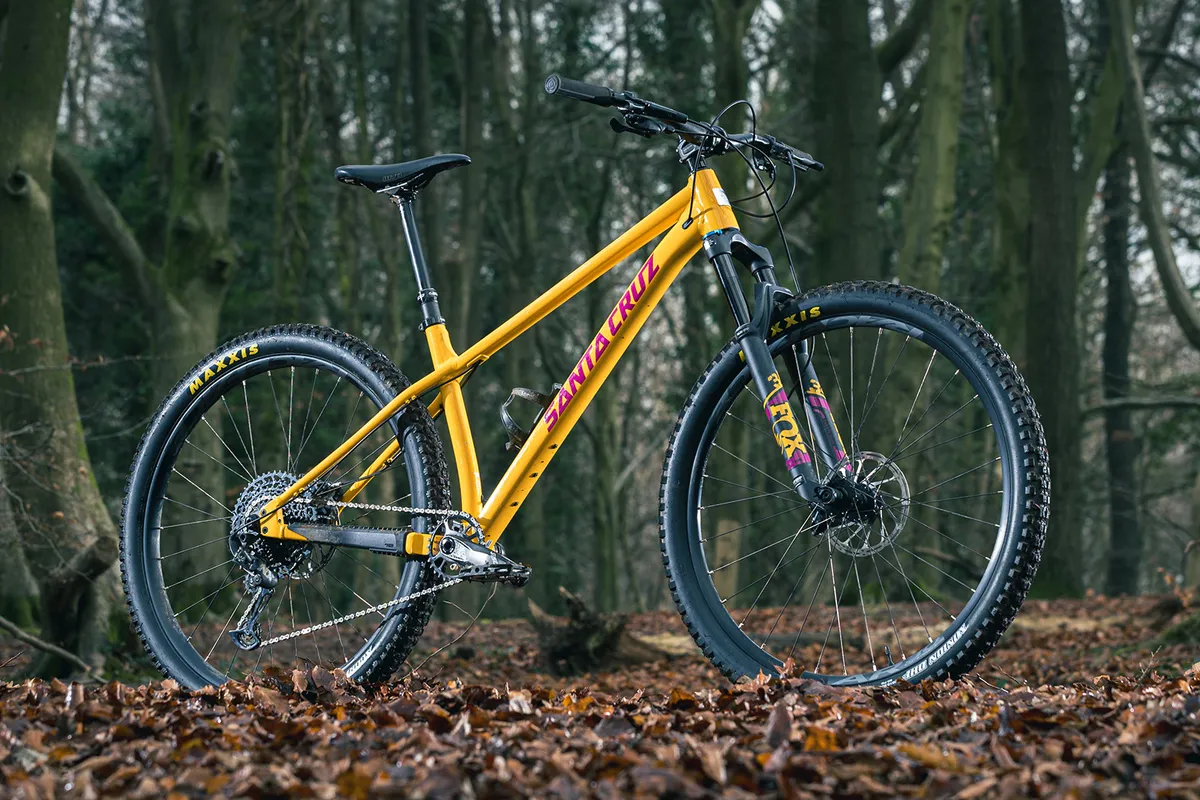
The 65-degree head angle is moderately slack, the 465mm reach fairly average for a size large and the 315mm BB low without making your cranks scrape the ground on technical climbs.
I measured the seat angle at 76 degrees, which is decent on a wide range of slopes. There’s a 430mm seat tube (L), which is nice and short, allowing the use of a long dropper post.
Head angle, BB height and seat tube angle are all effectively the same across the sizes.
| | S | M | L | XL |
|---|---|---|---|---|
| Reach (mm) | 420 | 445 | 465 | 490 |
| Stack (mm) | 620 | 629 | 638 | 647 |
| Standover (mm) | 682 | 682 | 686 | 708 |
| Seat tube length (mm) | 380 | 405 | 430 | 460 |
| Top tube length (mm) | 596 | 621 | 643 | 669 |
| Wheelbase (mm) | 1,154 | 1,183 | 1,208 | 1,237 |
Santa Cruz Chameleon R AL 29 spec details
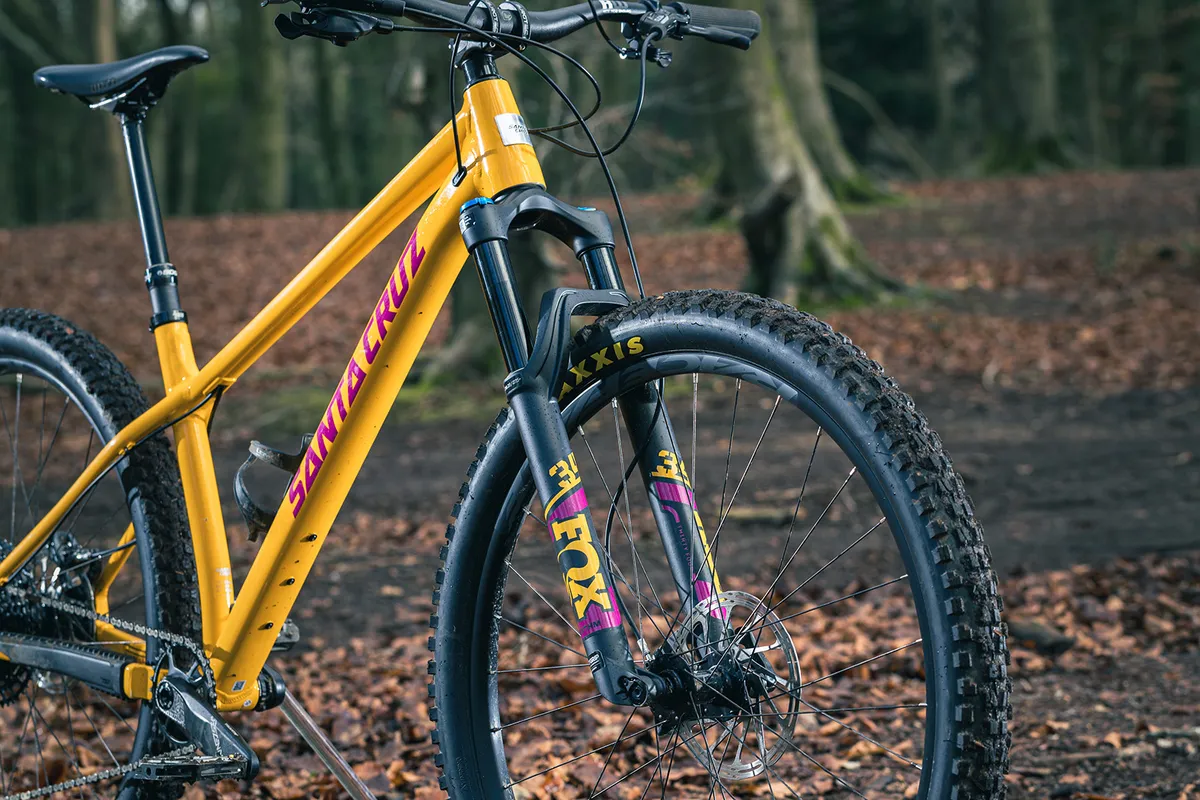
The ‘R’ model comes with a SRAM NX drivetrain, 130mm Fox Rhythm 34 forks with the GRIP damper and SRAM Guide T brakes with 180mm rotors front and rear. Basic Matchmaker clamps make getting shifter and brake positions in the right position tricky.
SRAM hubs are built into RaceFace AR30 rims, wrapped in a sticky Maxxis Minion DHF and dual-compound Aggressor tyres, both with the light EXO casing.
While the rear tyre is a dual-compound model, the front is a triple-compound version with the grippiest MaxxGrip rubber used.
A Burgtec cockpit gives a premium feel to the build, while the 170mm SDG Tellis dropper adds another notable name.
At £2,999, it’s not great value, but the £799 frame-only price is on a par with similar high-end competitors.
Santa Cruz Chameleon R AL 29 ride impressions
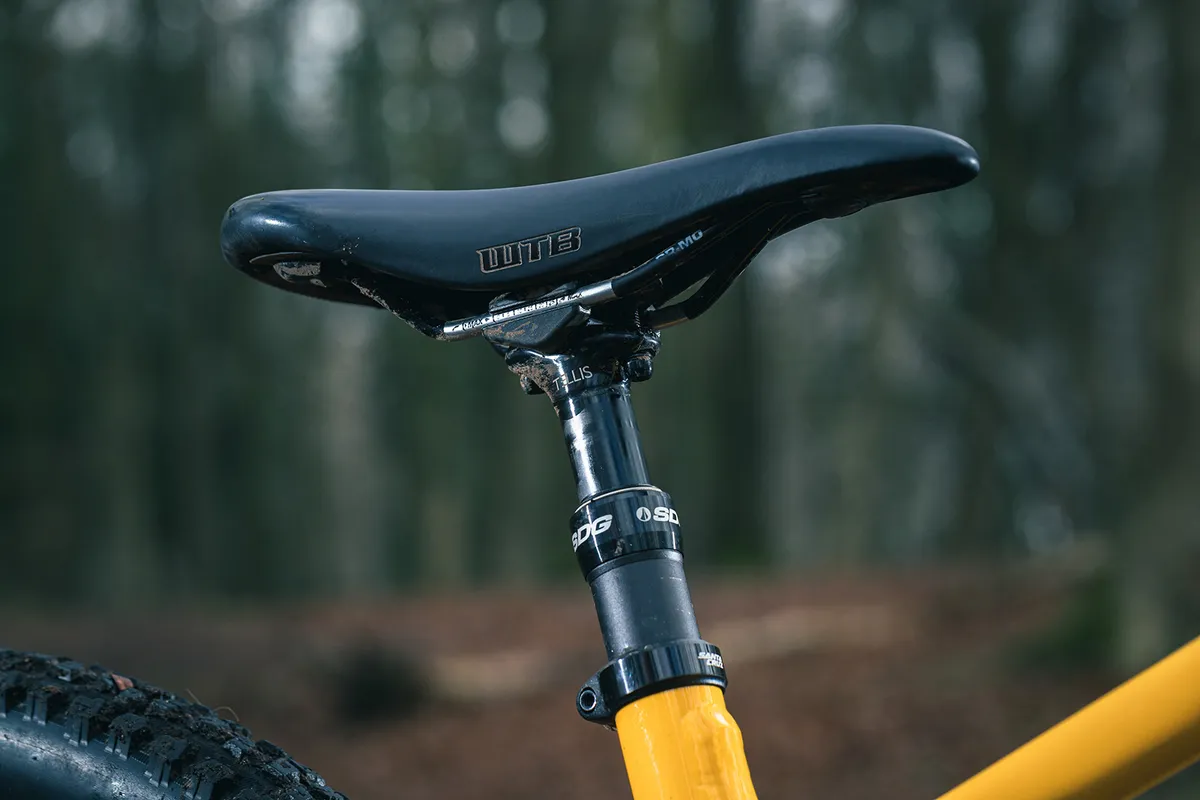
I took the Chameleon on my usual south-western test loops, ensuring I put it through the same paces that any trail bike – hardtail or full-suspension – is subjected to during testing.
While hardtails might not be as smooth on rough terrain, they still have to perform, and so the Chameleon was taken down some seriously rough, steep and technical trails.
Setting up a hardtail is pretty easy on paper – get the cockpit in shape and pump up the fork to the desired pressure.
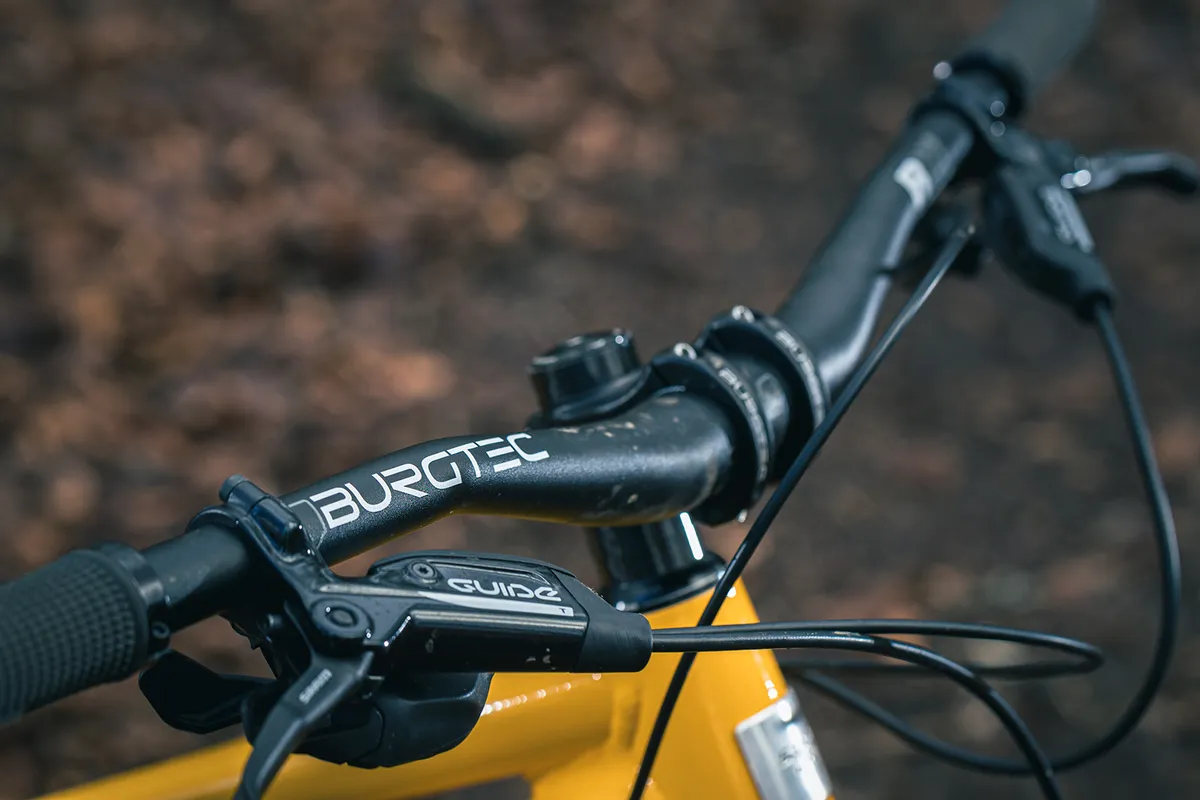
The cockpit wasn’t the easiest to get to exactly my tastes, thanks to multiple, bulky clamps, but I got there in the end. On a hardtail, I run a little more pressure in my forks.
As a fork compresses on a hardtail, the geometry of the bike steepens, much more so than on a full-suspension bike. This is because the bike pivots around the rear axle, whereas a full-suspension frame's rear suspension will also compress, nullifying some of the steepening from the compression of the fork.
And, so, I like to run a little more pressure to keep it propped up longer. I also end up ‘riding the fork’ more on a hardtail, putting more weight through the front wheel and being more sympathetic on the rear wheel, so a more aggressive spring rate is handy. As such, I ran the fork with around 15 per cent sag.
Santa Cruz Chameleon R AL 29 climbing performance
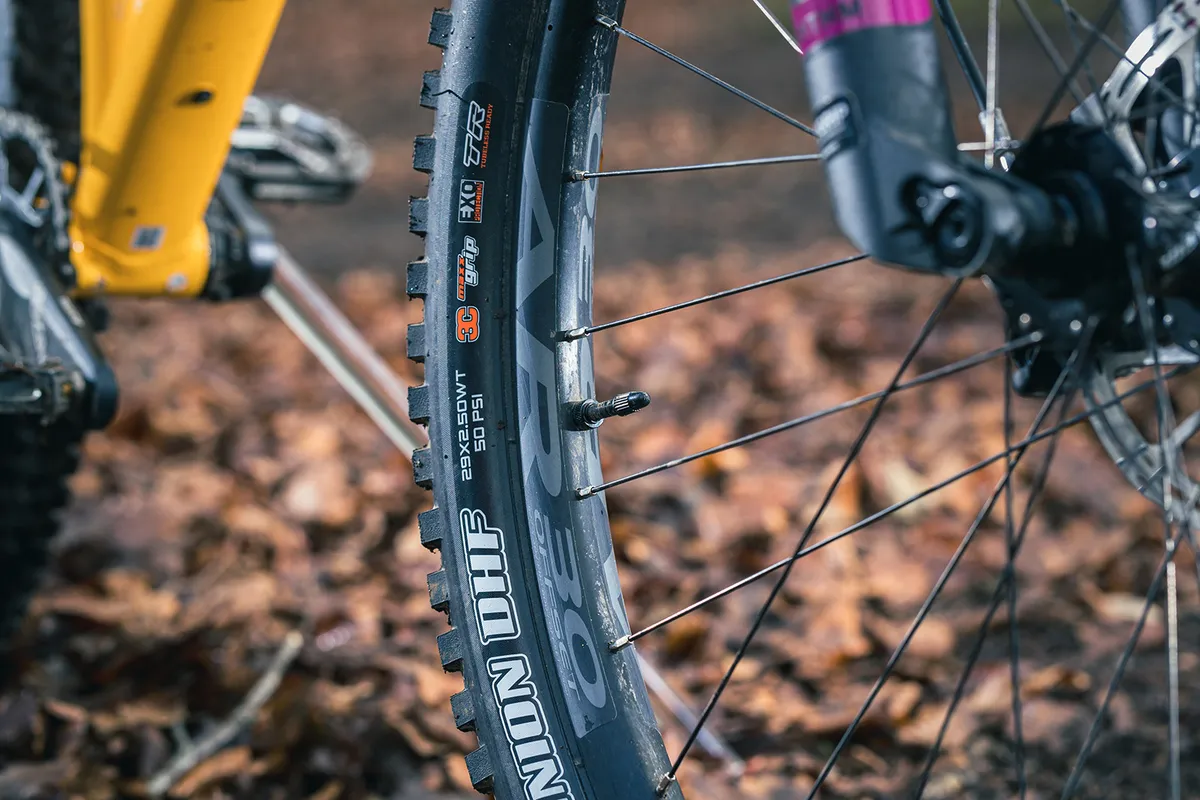
With no power loss to rear suspension, and ample grip given by the 2.5in rubber out back, the Chameleon climbs well.
There’s enough room fore to aft to balance traction and steering precision on really steep pitches, and keep your chest open on long drags when you don’t want to feel cramped.
A steeper seat angle would help on the toughest climbs, bringing the hips into a better position over the cranks.
However, the seated position feels natural when cruising flatter climbs and road transfers, and never held me back in reality.
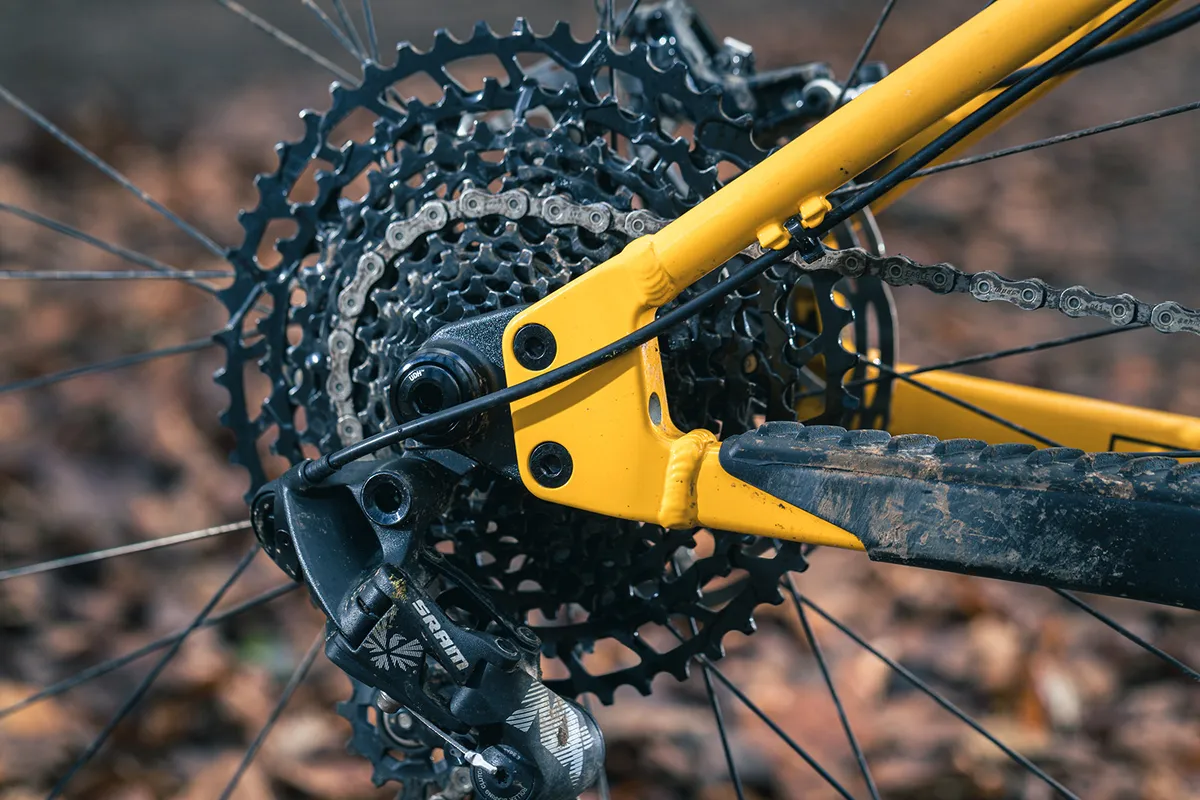
The SRAM NX drivetrain doesn’t feel as refined as Shimano’s Deore gears in my experience, but overall, shifting performance is fair.
The 11-50t cassette gives a reasonable range (though it’s not as wide as the 10-52 that might be possible with a GX Eagle drivetrain), but climbing performance is aided by the 30t chainring.
Santa Cruz Chameleon R AL 29 descending performance
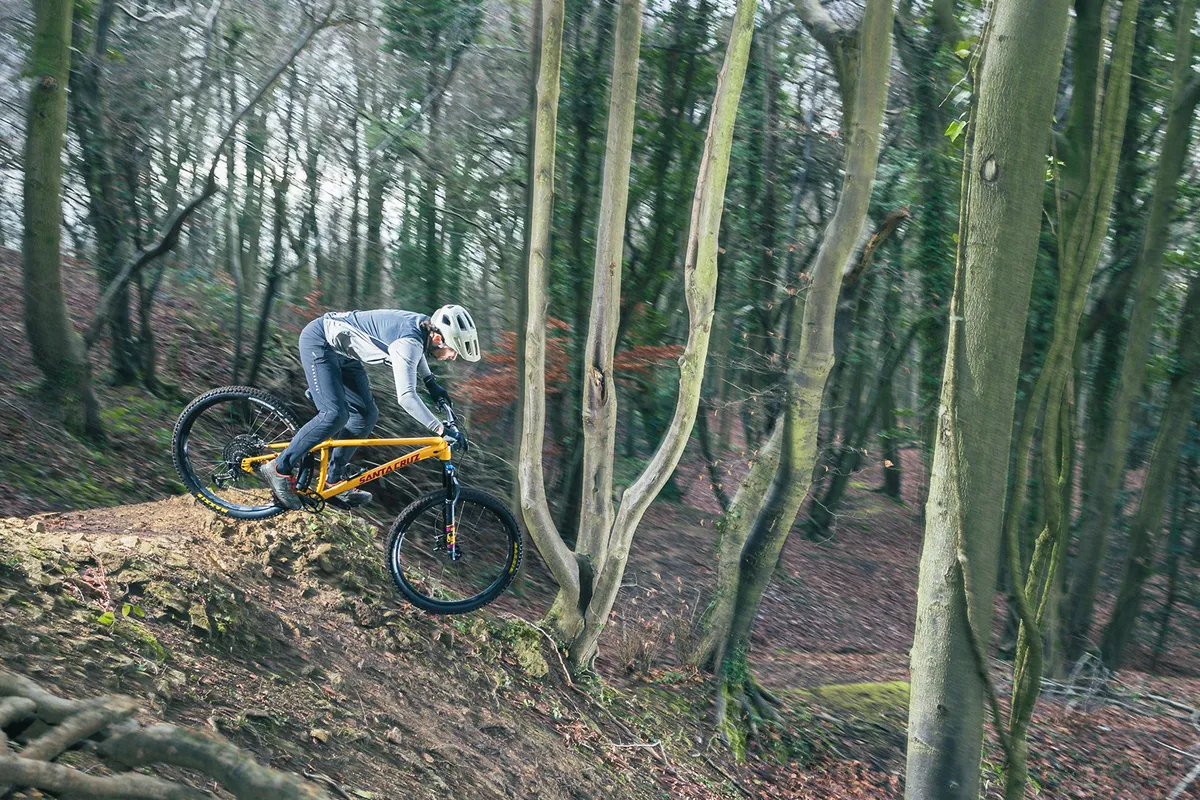
Santa Cruz hasn’t gone radical with the bike’s shape, giving it well-balanced, all-rounder handling on descents. It’s quick to change direction, and easy to loft the front wheel when needed, making it fun hitting natural gaps and jumps, and pumping through trail-centre rollers.
On woody tree-lined singletracks, the nimble handling makes sinuous terrain an absolute hoot to ride, with the tyres’ tread digging in, helping you carve corners through the dirt.
During testing, the bike handled my steeper test tracks well, though I’d have been more comfortable with a couple more degrees chopped off the head angle on the steepest terrain. This would put the front wheel further ahead of the handlebars, making it more surefooted on the steepest tracks, though it might slow the handling on flatter, twisty trails.
While I rarely felt the front wheel tucking, that extra slackness makes a difference when tackling steep chutes and stepped rock gardens.
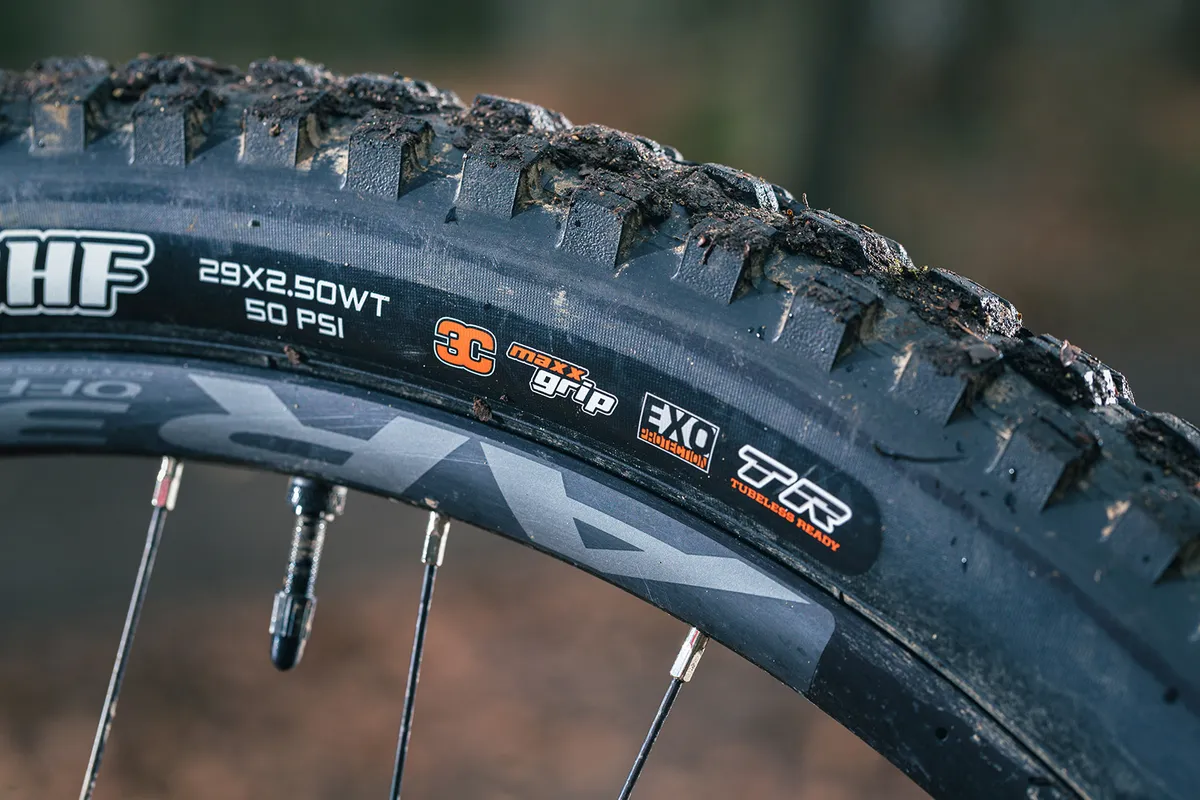
The soft-compound Minion at the front adds control, and with the fork propped up with slightly higher than recommended tyre pressures, enables you to push through the comfortable and well-shaped Burgtec cockpit, generating extra grip.
However, I found on longer descents the Guide T brakes, with 180mm rotors, let the side down. They’re not very powerful, and suffered with heat build-up, leading to less power and increased arm pump.
Bigger rotors would help, but I’d opt for a more powerful system overall, such as SRAM’s Code (even the basic Code R), if I could.
Likewise, EXO casing tyres are relatively flimsy for a bike that’ll handle plenty of abuse. Thicker-casing rubber might roll slower, but it would add downhill performance and confidence over rocks.
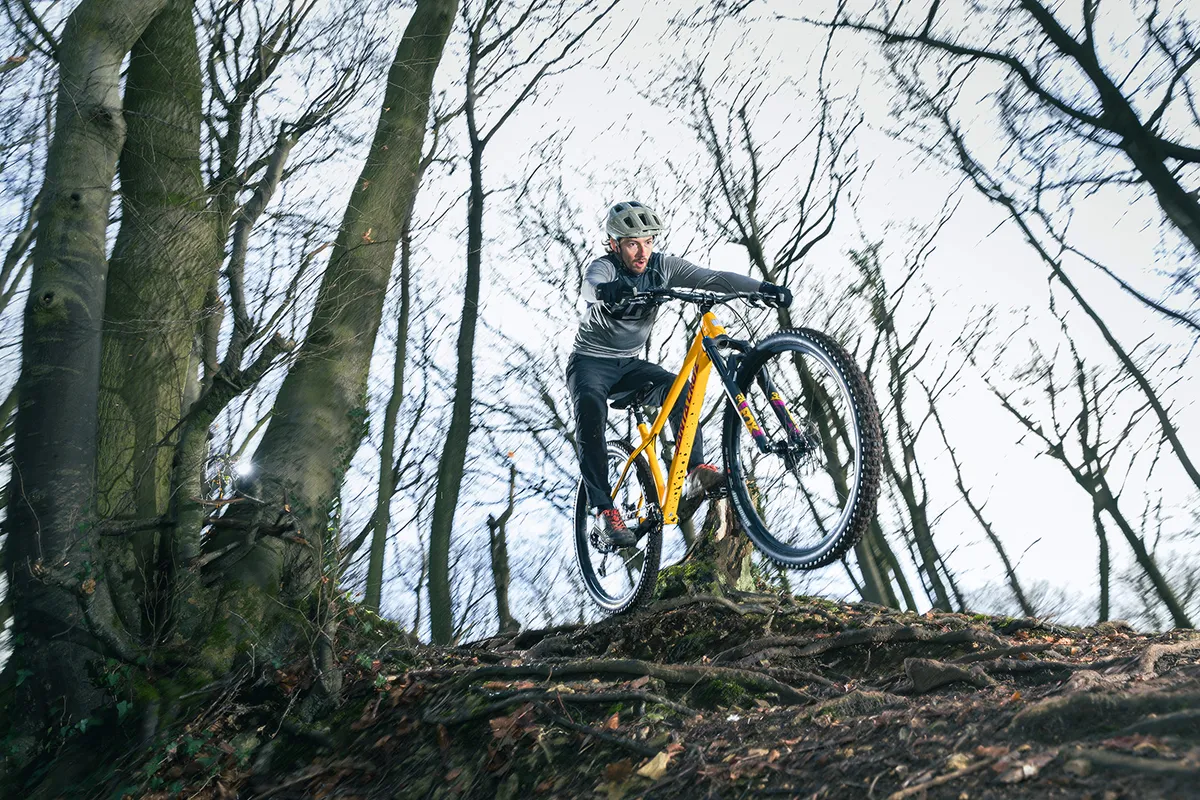
This is because a thicker-casing tyre is less likely to puncture, meaning it’s less necessary to pick the smoothest lines going, while the thicker casing gives a more damped ride – handy on a hardtail when you want as calm an experience as possible.
An EXO+ on the rear as a minimum would really suit the bike.
Santa Cruz Chameleon R AL 29 bottom line
The balanced, versatile handling of the Chameleon was addictive, meaning I picked it out of the garage for social as well as work rides.
I’d swap to a set of the best mountain bike tyres and better brakes quickly, compounding the bike's relatively poor value.
I’d happily buy the frame, though, and build it with my own component choices.
Product
| Brand | santa_cruz |
| Price | 2999.00 GBP,3199.00 USD |
| Weight | 13.9900, KILOGRAM (L) - without pedals |
Features
| Fork | Fox Rhythm 34, 130mm travel |
| br_stem | Burgtec Enduro MK3, 45mm |
| br_chain | SRAM NX Eagle |
| br_frame | Aluminium |
| Tyres | Maxxis Minion DHF 29"x2.5, 3C, MaxxGrip, EXO, TR (f), Maxxis Aggressor, 29"x2.5WT, EXO, TR (r) |
| br_brakes | SRAM Guide T, 180/180mm rotors |
| br_cranks | SRAM Descendant Eagle 148 DUB 30t |
| br_saddle | WTB Volt |
| br_wheels | RaceFace AR Offset 30 rims on SRAM MTH hubs |
| br_headset | Cane Creek 10 |
| br_shifter | SRAM NX Eagle |
| br_cassette | SRAM PG1230, 12spd, 11-50t |
| br_seatpost | SDG Tellis Dropper 170mm |
| br_gripsTape | Burgtec Bartender Pro Grip Minnaar |
| br_handlebar | Burgtec Alloy Bar 800mm |
| br_bottomBracket | SRAM DUB 68/73mm Threaded BB |
| br_availableSizes | S, M, L, XL |
| br_rearDerailleur | SRAM NX Eagle |
